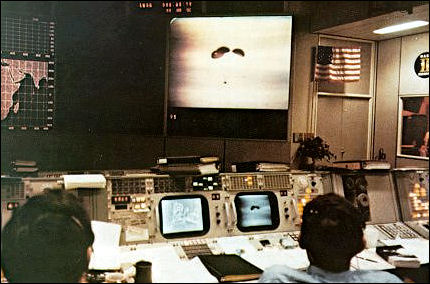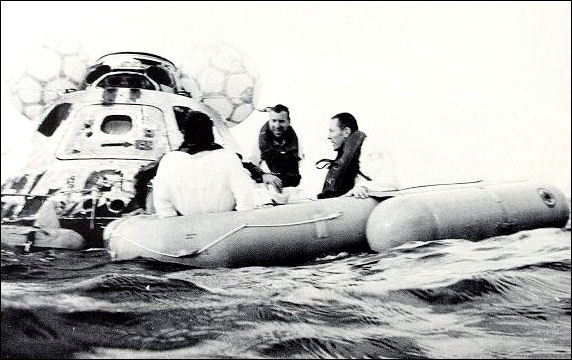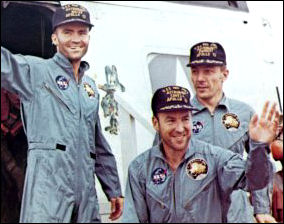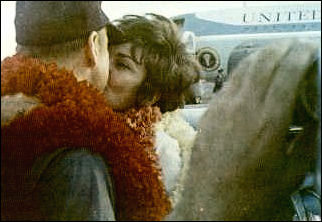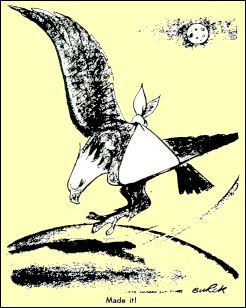|
In Houston the 37th President pays tribute to the men
who performed miracles in Mission Control to save Apollo
13. To President's right are NASA Administrator
Thomas Paine and Mrs. Nixon. To his left: Flight directors
Eugene Kranz, Gerald Griffin, Milton Windler (the fourth,
Glynn Lunney, is behind lectern), then Chief Astronaut
Donald K. Slayton, James A. Lovell III (in uniform),
and Sigurd Sjoberg, Director of Flight Operations, who in
behalf of "the ground" received the Nation's highest award,
Medal of Freedom.
|
